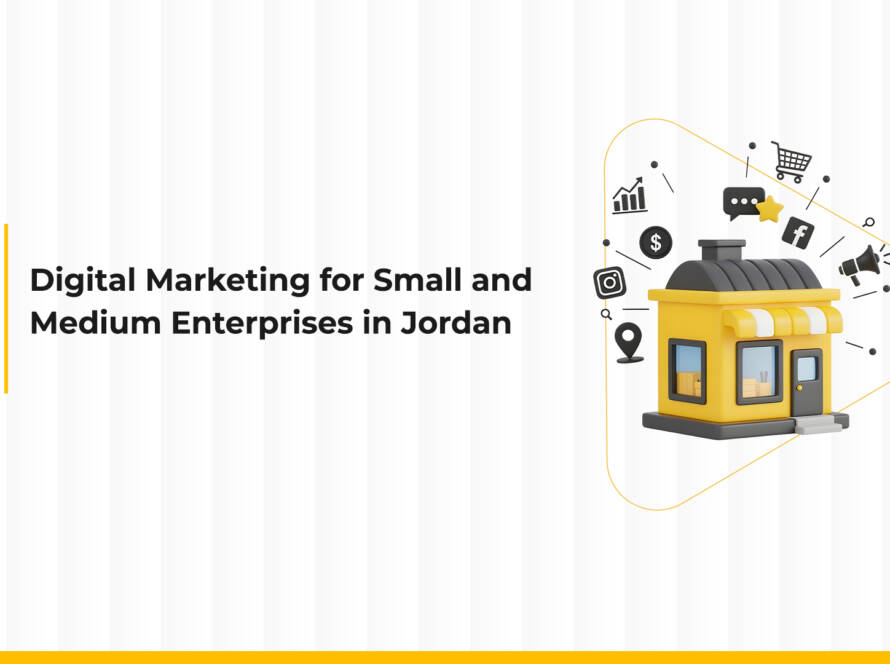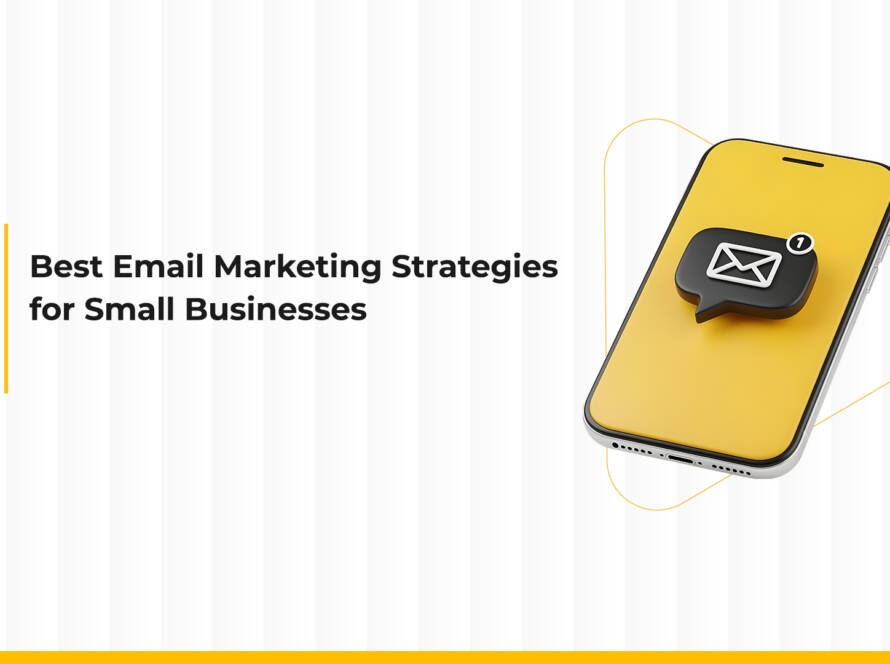In an era defined by rapid technological advancement and digital innovation, every business must prioritize developing a sustainable digital marketing strategy that ensures long-term success. Such a strategy requires integrating several interconnected concepts, including sustainable marketing plans, green marketing, and long-term strategies.
In this article, we will explore the essential steps to building a sustainable digital marketing strategy and discuss why embracing sustainability and environmental responsibility has become vital in modern digital marketing.
1. Understanding the Core Concepts
a. The Concept of Sustainability in Digital Marketing
Sustainability in digital marketing is built on integrating environmental, social, and economic principles into marketing processes. It goes beyond short-term profits to focus on building strong, long-lasting relationships with customers and the community. Sustainable marketing plans aim to reduce the environmental impact of business operations while maintaining consistent growth—strengthening brand reputation and fostering consumer trust.
b. The Importance of Green Marketing
Green marketing is an inseparable part of sustainability. It focuses on promoting products and services that demonstrate a company’s commitment to protecting the environment. This approach aligns with the growing environmental awareness among consumers and attracts an audience that seeks eco-friendly choices. Furthermore, it opens new opportunities for brands to compete in a market increasingly driven by environmental consciousness.
c. Long-Term Strategies
Long-term strategies form the cornerstone of any successful digital marketing plan. Instead of short campaigns, they emphasize structured planning over several years to build a consistent brand identity and achieve sustainable results. With long-term planning, companies can adapt to market changes and embrace the latest technologies and innovations.
2. Steps to Building a Sustainable Digital Marketing Strategy
a. Analyze the Current Situation
Before developing any strategy, companies should analyze their current position in the digital market. This includes evaluating strengths, weaknesses, opportunities, and potential threats. Tools like the SWOT analysis can help identify internal and external factors, making it easier to define achievable sustainability goals.
b. Define Objectives and Vision
Setting clear objectives is essential for any marketing strategy. Goals should follow the SMART framework — specific, measurable, achievable, realistic, and time-bound — and must align with sustainability principles by addressing environmental, social, and economic performance. Examples include increasing brand awareness among target audiences, boosting digital engagement, and achieving steady revenue growth.
c. Identify the Target Audience
Businesses must thoroughly study their market to identify the audience most likely to benefit from their products or services. This involves understanding customer needs, preferences, and decision-making factors. Digital tools such as Google Analytics and social media insights provide valuable data for tailoring effective marketing campaigns.
d. Develop Sustainable Content
Content lies at the heart of any successful digital marketing strategy. It should deliver real value and reflect a commitment to sustainability. Brands are encouraged to create content around topics such as energy conservation, corporate environmental responsibility, and eco-friendly product use. Incorporating green marketing principles into content strengthens brand image and builds customer trust.
e. Choose the Right Digital Channels
Once objectives and audiences are set, selecting the right digital channels is crucial for delivering the message effectively. These may include websites, blogs, social media platforms, email marketing, and paid online advertising. Each channel should contribute to an integrated sustainable marketing plan that reaches audiences in a way consistent with sustainability goals.
f. Utilize Modern Technologies
Modern technologies play a key role in enhancing marketing efficiency. Artificial intelligence (AI) and data analytics enable personalized user experiences, while SEO (Search Engine Optimization) ensures content visibility and higher rankings in search results, increasing reach and campaign effectiveness.
g. Set Budgets and Allocate Resources
Proper budget allocation is vital for a successful sustainable marketing strategy. Each marketing channel should receive an appropriate portion of the budget to maximize ROI. Companies should also invest part of their resources in upgrading tools and technologies to improve performance and ensure accurate reporting.
3. Implementation and Monitoring
a. Launching the Campaign
After careful planning, the next step is implementation. Campaigns should be executed in an organized, coherent manner while adhering to green marketing principles. Running pilot campaigns can help assess performance and confirm alignment with objectives.
b. Measuring Performance and Analyzing Results
Performance measurement is essential to maintaining sustainability in digital marketing. Various analytics tools can track results and determine whether objectives are being met. Key performance indicators (KPIs) such as conversion rate, engagement rate, bounce rate, and product sales help evaluate campaign success and guide strategic improvements.
c. Adapting to Change
The digital landscape is highly dynamic. Businesses must stay agile and adjust strategies according to market and technological shifts. Keeping up with digital marketing trends and adopting innovative tools can significantly enhance efficiency and support sustainable growth.
d. Promoting Transparency and Communication
Transparency is one of the core pillars of a sustainable digital marketing strategy. Companies should provide regular performance reports and highlight efforts toward sustainability. Clear communication fosters trust, strengthens customer relationships, and demonstrates a genuine commitment to green marketing and long-term strategy.
4. Challenges and Solutions
a. Technical and Environmental Challenges
Marketers face both technical and environmental challenges when implementing sustainable strategies. On the technical side, integrating new systems with outdated infrastructure can be difficult. Environmentally, balancing business goals with eco-responsibility requires creative solutions and additional effort.
b. Possible Solutions
-
Invest in modern technology: Overcome technical barriers by upgrading infrastructure and adopting software that bridges old and new systems.
-
Continuous team training: Ongoing training helps marketing teams stay updated with emerging technologies and green marketing practices.
-
Strategic partnerships: Collaborate with experts in sustainability and technology to develop integrated solutions that balance environmental and commercial goals.
-
Adopt green marketing practices: Apply eco-friendly approaches throughout every campaign stage to minimize environmental impact and strengthen brand reputation.
5. Tips for Building a Successful Sustainable Strategy
a. Innovation and Creativity
Innovation is the key to developing an effective and sustainable digital marketing strategy. Companies should think outside the box, exploring creative campaign ideas that meet audience needs while staying aligned with sustainability principles.
b. Continuous Monitoring and Updating
Given the fast-paced nature of digital markets, constant monitoring and timely updates are essential. Data analysis and customer feedback should guide regular optimization of marketing strategies, ensuring ongoing success and alignment with long-term goals.
c. Focus on Added Value
Every marketing effort should aim to provide genuine value — whether through educational content, environmental tips, or eco-friendly product promotions. This approach fosters stronger customer relationships and supports sustainable marketing plans.
d. Utilize Customer Feedback
Listening to customer feedback is crucial for improving performance. Surveys and social media engagement can reveal valuable insights into customer expectations and campaign effectiveness, enhancing transparency and trust while reinforcing green marketing values.
Conclusion
Building a sustainable digital marketing strategy is a forward-thinking move that strengthens a company’s market position and fosters a culture of transparency and innovation. Integrating sustainable marketing plans, green marketing, and long-term strategies not only drives business growth but also creates a positive social and environmental impact.
Although achieving sustainability requires continuous effort and investment, the rewards — improved brand reputation, customer loyalty, and consistent long-term growth — make it a journey well worth taking.





